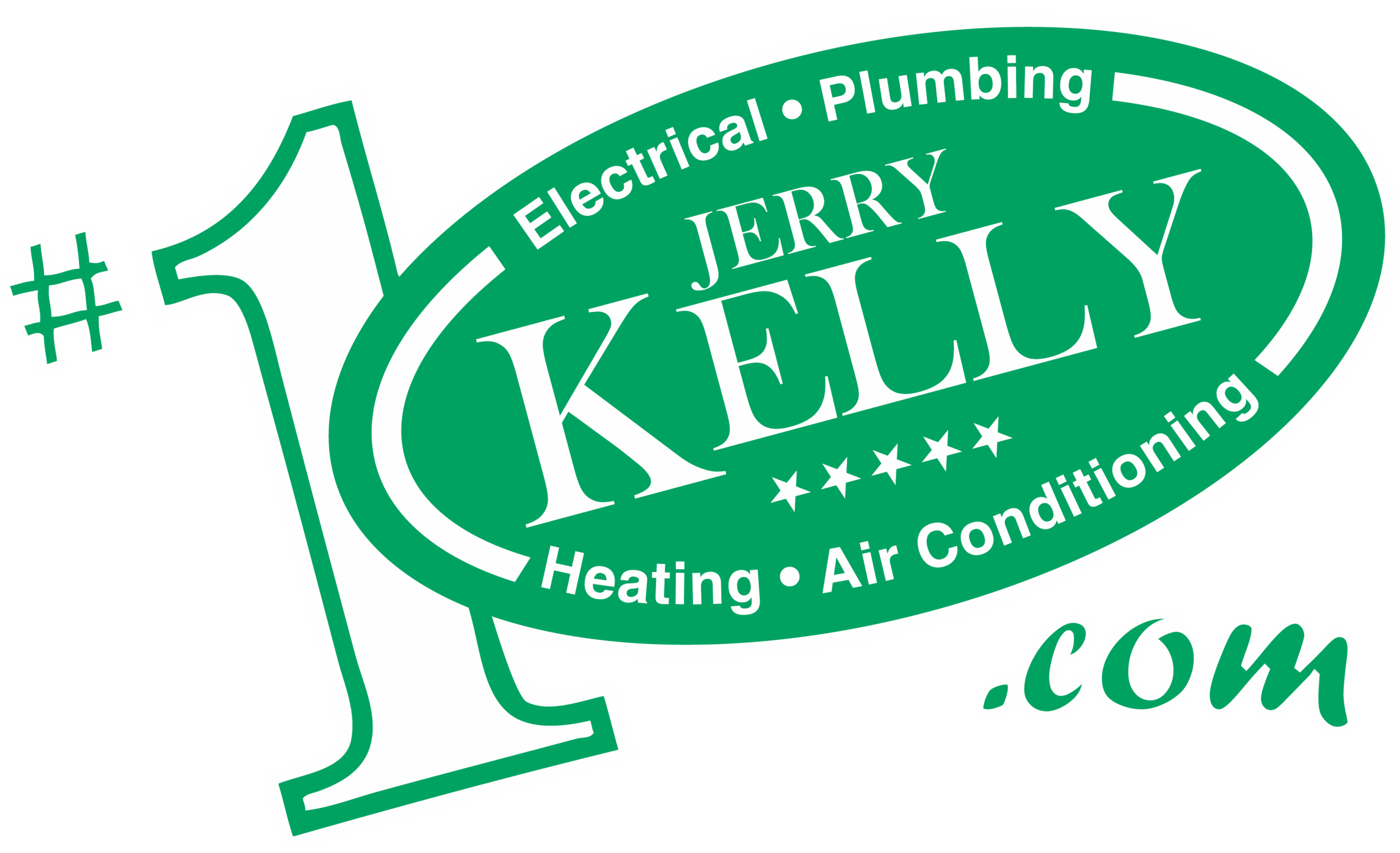If you don’t stop to think about how your furnace works, it can sometimes
seems like warm air is magically coming out of your home’s vents.
But the truth is that by the time warm air is coming out of your vents,
it has gone through a series of stages and traveled quite a long way
to get there. Knowing about the airflow process of your furnace can help
you understand how your heating system works and why it’s so important
to keep it well-maintained, so today we’re going to explain the
the process by answering the question, “How does airflow through a
furnace?”
How does airflow through a furnace?
- Air starts in your home’s rooms. Your furnace doesn’t “create”
air, it simply cycles air from one place to another throughout your home.
So the air that your furnace heats up originates in your home’s
rooms. When your thermostat senses that the surrounding air has gotten
too cool, it sends a signal to your furnace to turn on and begin pulling
in that cool air to be heated up. - Air is sucked in through the return vents. When your furnace’s air
handler is turned on, it creates a negative pressure in your return ducts
that sucks in air from your home’s rooms. The access point to those
ducts is the return vents. It’s important to make sure those return
vents are completely open and clear of obstructions like furniture so
that air can move easily into your ducts and toward your furnace. - Air is sent through the filtration system. Once air travels through your
return ducts and reaches your furnace, it encounters your filtration system
before it is heated. The air is sucked through the filter, and contaminants
like dust and allergens get trapped by the filter so that only clean air
is heated by your furnace. It’s at this point that your furnace
can suffer from efficiency problems if your filter is dirty because your
air handler will have a hard time pulling air through a clogged filter.
That’s why it’s so important to check and/or change your filter
every month. - Air blows over the heat exchanger. After getting past your furnace’s
filtration system, the air is ready to be heated. The air is blown over
the hot outside walls of a heat exchanger, where it picks up heat and
its temperature rises. This is the point where some furnaces encounter
safety issues. If there are any cracks in the heat exchanger’s walls,
carbon monoxide from inside the heat exchanger can leak out and get picked
up by the air that’s blown over it and will be delivered to your
home’s rooms. You can ensure this doesn’t happen to your home
by scheduling a furnace tune-up before every heating season when your
heat exchanger will be inspected for cracks. - Air is sent to the supply vents. After passing over the heat exchanger and
heating up, the new warm and clean air is ready to be delivered back
to your rooms. The air is blown into your home’s supply ducts, and
it exits your ductwork via the various supply vents in your rooms. Just
as with your return vents, your supply vents mustn’t be blocked so that warm air can be properly delivered and distributed
throughout your rooms. Once the warm air makes it to your rooms and the
heating cycle finishes, it stays there until it cools back down, when
the whole cycle begins again.
If you have any questions about how air flows through a furnace, or if you’d like a heating system serviced or installed in your home, contact Jerry Kelly Heating, Air Conditioning, Plumbing, & Electrical, your St. Louis furnace installation and repair contractor. We provide service all over the St. Louis area, including towns like Ballwin, Chesterfield, and Clarkson Valley, MO.

